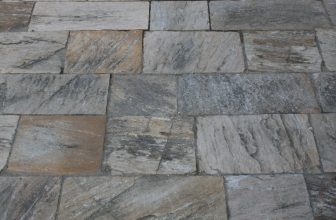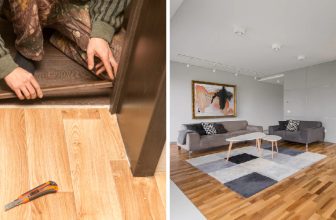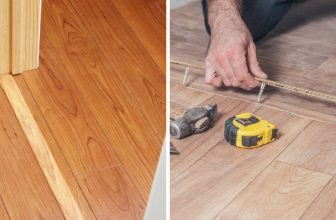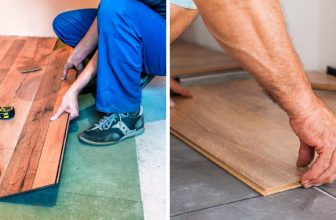How to Stop Vibration Through Floor
No one enjoys noise and vibration rattling through the floor of their home or office. Not only is it an unpleasant experience for you, but it can be damaging to your property too. To ensure that your walls, windowsills and floors don’t suffer from unnecessary wear and tear due to unwanted vibration, this post will provide a few tried-and-tested methods on how to stop vibrations from entering our living spaces.
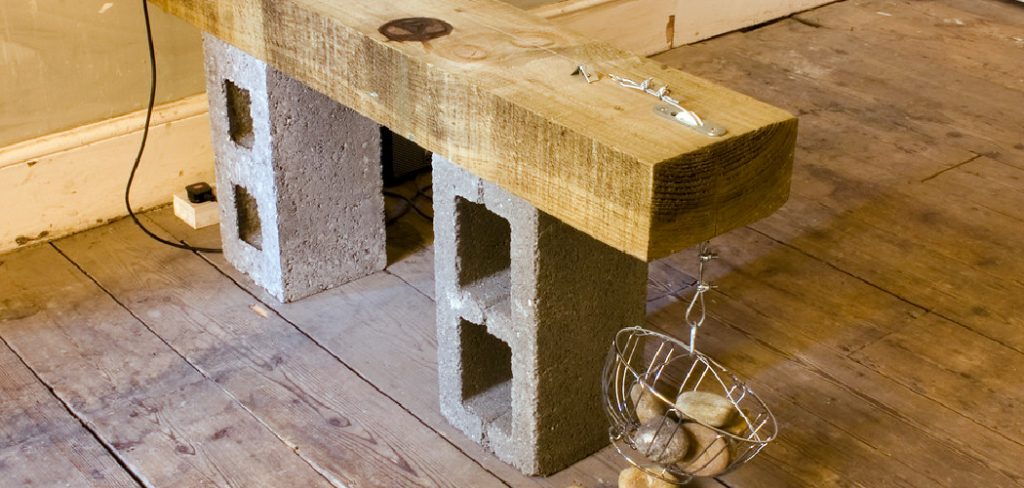
Read on for tips on how to stop vibration through floor like installing acoustic underlayment, adding dampening strips and isolating equipment which should help you once again enjoy blissful peace and quiet in any given room!
Needed Materials
Given below is a list of materials that you will require to put an end to unwanted vibration through your floor. Before you jump into the methods, make sure that you have these materials on hand:
- Acoustic Underlayment
- Dampening Strips
- Caulk or Silicone Sealant
- Isolation Pads
- Floor Mats or Rugs
- Mass Loaded Vinyl
- Soundproofing Barrier
11 Step-by-step Guidelines on How to Stop Vibration Through Floor
Step 1: Identify the Source of Vibration
The first step in stopping vibration through the floor is to determine its source. Is it caused by heavy foot traffic, loud music or machinery? Identifying the root cause will help you select the most effective solution. It could be as simple as placing a rug under your washing machine or investing in soundproofing materials for your home theater.
It’s always best to address the source of the vibration rather than just trying to mask it. You may want to consider hiring a professional contractor to assess the situation if you are unsure of the source.
Step 2: Install Acoustic Underlayment
Acoustic underlayment is a great way to reduce both noise and vibration by providing a buffer layer between the floor and ceiling. This material can easily be installed underneath carpet, hardwood or laminate flooring and can significantly reduce impact noise.

But be cautious – if the underlayment is too thick, it may affect the overall height and stability of your flooring. If you’re concerned, consult a professional before installation. This is a relatively inexpensive solution that can make a big difference.
Step 3: Add Dampening Strips
Dampening strips are thin, rubber-like strips that can be attached to the bottom of furniture or equipment. These strips help to absorb vibrations before they reach the floor, reducing overall noise levels. It’s particularly useful for heavy equipment like washing machines, treadmills or speakers. Simply stick them on the bottom of your furniture and enjoy a quieter home. This is a simple and affordable solution that can be easily implemented.
Step 4: Seal Any Gaps
Gaps between floors and walls can allow vibrations to travel through, so it’s important to seal them with caulk or silicone sealant. This will also help with noise reduction in general. You can also use weatherstripping or door sweeps for any doors that may be contributing to the problem. This will prevent vibrations from entering or exiting through gaps around doors and windows. You may need to reapply the sealant every few years as it can deteriorate over time.
Step 5: Isolate Equipment
If the source of vibration is a large appliance or equipment, you can try isolating it by placing it on top of isolation pads. These pads absorb vibrations and prevent them from spreading to the floor. It’s a simple and cost-effective solution, but make sure to choose the right size and density of pads for your equipment.
You can also use rubber mats or cork sheets as an alternative. But be sure to regularly check and replace these pads as they can compress over time. It’s best to use this method in combination with others for maximum effectiveness.

Step 6: Use Floor Mats or Rugs
Adding a layer of carpet or rugs can help to absorb vibrations and reduce noise levels. Opt for thicker, heavier materials as they will provide more soundproofing properties. It’s also a great way to add warmth and coziness to a room. Just be sure to regularly clean and rotate your rugs, as dirt and debris can affect their ability to absorb vibrations. But this is a simple and affordable solution that can also add aesthetic value to your home.
Step 7: Try Mass Loaded Vinyl
Mass-loaded vinyl is a dense material that can be placed under flooring or attached to walls. It effectively blocks sound and can also reduce vibrations, making it a great option for soundproofing. You can also use it to create a soundproof barrier around appliances or equipment. It’s important to follow installation instructions carefully for maximum effectiveness. This is a more expensive solution, but it provides excellent results.
Step 8: Install a Soundproofing Barrier
A soundproofing barrier is another effective way to stop vibration through the floor. This material can be placed between floors or walls to absorb and block noise and vibrations. It’s a more complex and expensive solution that may require professional installation. But if you’re dealing with severe vibration issues, this could be the most effective option. You can also combine this with other methods for even better results.
Step 9: Use Anti-Vibration Pads
Anti-vibration pads can be placed under washing machines, treadmills, or other equipment to reduce vibrations and noise. These pads are made of rubber or cork and help to absorb shocks. It’s a quick and easy solution that can be implemented immediately. Just make sure to regularly check and replace these pads as they can wear out over time. You can also use these pads in combination with other methods for maximum effectiveness.
Step 10: Check the Flooring
If you have hardwood or laminate flooring, make sure that it is properly installed without any gaps or loose boards. This can help to prevent vibrations from traveling through the floor. However, if there are gaps or loose boards, you can try filling them with caulk or securing the boards more tightly.

This may require professional assistance, but it’s an important step in preventing vibrations from occurring. It’s also a good idea to regularly inspect and maintain your flooring to ensure it is in good condition.
Step 11: Consult a Professional
If you have tried all of the above methods and still experience unwanted vibration, it may be best to consult a professional soundproofing company for more specialized solutions. You can also consider purchasing soundproofing materials or products specifically designed to stop vibrations through floors. It’s important to carefully research and choose reputable companies and products for optimal results.
Follow these steps on how to stop vibration through floor and you will be able to enjoy a peaceful, vibration-free living space once again. Don’t let unwanted noise and vibrations ruin your day – take action today and put an end to the problem for good! So, if you want to have a more peaceful environment in your home or office, try out some of these methods and see the difference it makes.
Do You Need to Use Professionals?
While most of the above methods can be implemented on your own, it may be beneficial to consult a professional for more severe vibration issues. They will have specialized knowledge and equipment to accurately diagnose the problem and provide tailored solutions. Additionally, if you are dealing with large or heavy equipment, seeking professional help can ensure the safety of both yourself and your belongings during installation.
It’s always best to prioritize your safety and the effectiveness of the solutions when dealing with vibration issues. So, if you are unsure about any steps or require further assistance, don’t hesitate to seek professional help. Overall, it is possible to stop vibrations through floors with a combination of simple and affordable methods.
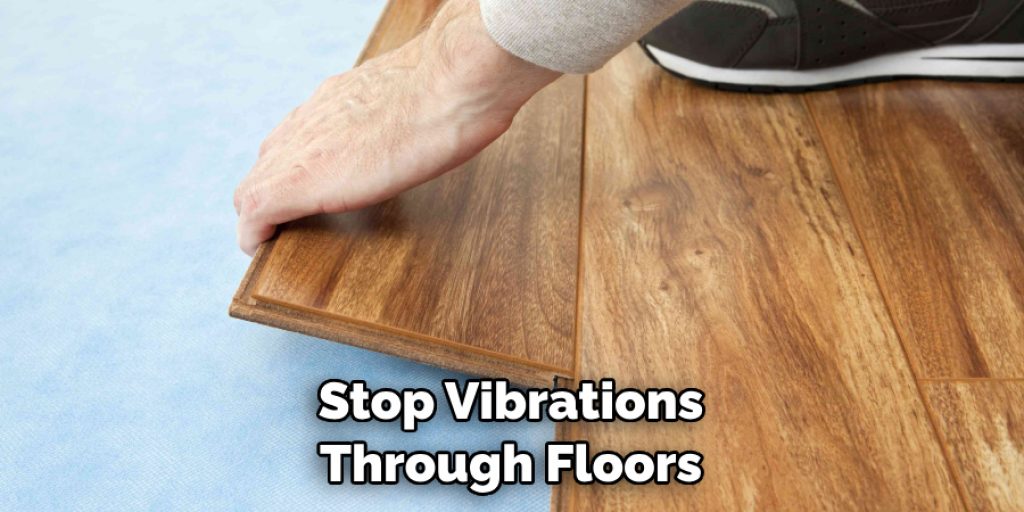
Take action today and say goodbye to unwanted noise and vibrations for good! Remember, a peaceful and quiet living space is just a few steps away. So don’t hesitate to take action and enjoy the peace and tranquility you deserve.
How Much Vibration Is Too Much?
While some level of vibration is normal, it becomes a problem when it affects your daily life and causes discomfort. It’s important to address vibrations before they escalate into more serious issues, such as structural damage or health problems. If you are constantly feeling vibrations through the floor or experiencing loud noises and rattling, then it may be time to take action.
Remember, it’s always better to be proactive and address problems early on rather than waiting for them to worsen. So, keep an eye out for any signs of excessive vibration and take the necessary steps to stop it before it becomes a bigger issue.
Frequently Asked Questions
Q1: What is the Best Way to Stop Vibration Through the Floor?
A1: The most effective method is to identify the source of the vibration and address it directly, whether by using acoustic underlayment, dampening strips or isolating equipment. You may also want to consider adding soundproofing materials like mass-loaded vinyl or a soundproofing barrier.
Q2: Will These Methods Completely Eliminate Vibration Through the Floor?
A2: While these methods can significantly reduce vibrations, they may not eliminate them completely. The effectiveness of each method may also vary depending on the source and intensity of the vibration. It’s best to consult a professional if you are still experiencing excessive noise and vibration after trying these methods.
Q3: How Much Does It Cost to Soundproof a Room?
A3: The cost of soundproofing a room can vary depending on the size of the room, materials used and the level of soundproofing desired. Generally, it can range from a few hundred dollars to several thousand dollars. DIY methods may be more budget-friendly, but hiring a professional may ensure effective and long-lasting results.
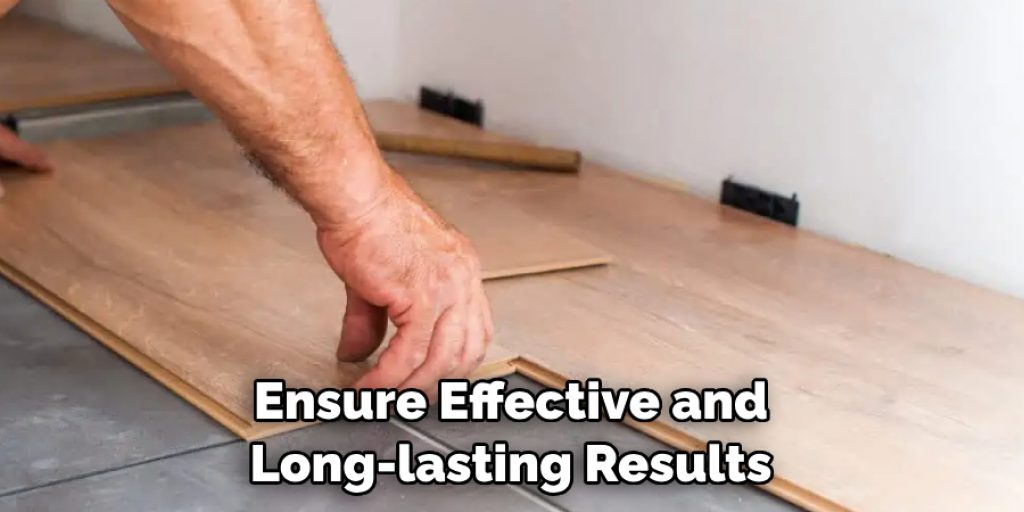
Q4: Can I Use These Methods for Outdoor Spaces?
A4: While some of these methods, such as soundproofing barriers and mass-loaded vinyl, can be used for outdoor spaces, it’s best to consult a professional for more specialized solutions. The materials used may need to be weather-resistant and properly installed to effectively reduce vibrations from outdoor sources.
Conclusion
In conclusion, the steps to stop vibration through the floor aren’t complicated but they do take some effort. Begin by checking for firm and even support from below then move on to adding layers of mass between your flooring and the underlying components.
Insulating your walls, ceilings, and other common sound paths also helps to reduce vibrations. Invest in some of the materials specifically designed to reduce vibration transmission such as carpet pads or rubber mats.
With these strategies on how to stop vibration through floor, you can effectively reduce vibrations that disrupt your daily life until they are practically nonexistent. All it takes is dedication and research to make sure you address any potential issues before they become too big of a problem. So don’t delay – take action today to ensure that your floors remain free of acoustic disturbances!

